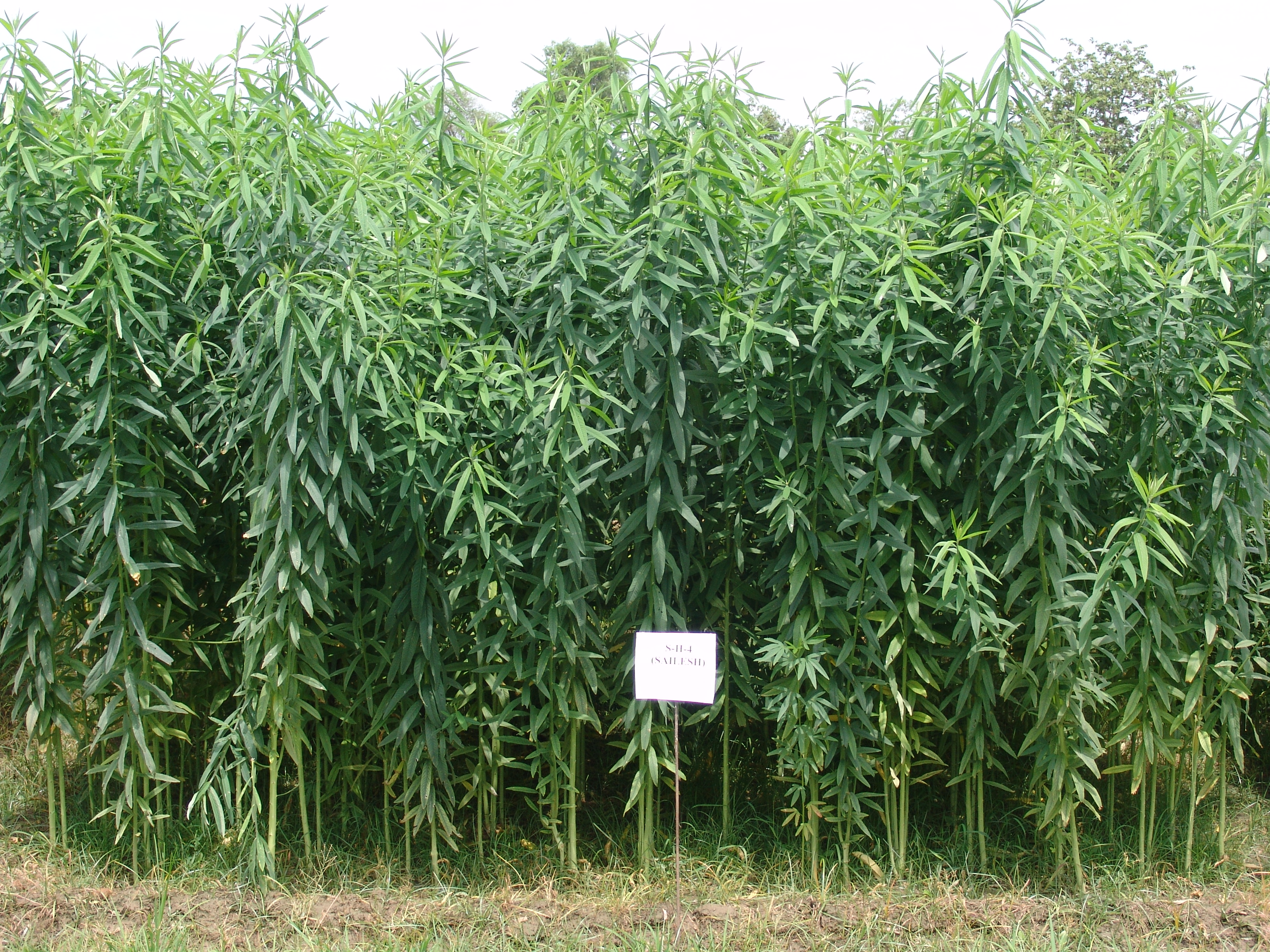
Sunnhemp Introduction
S unnhemp or Sanai is an important bast fibre and green manuring crop of India. Besides, it is also used as green fodder in some areas. Fibres obtained from sunnhemp are dull white in colour, having high tensile strength.
It is a suitable indigenous raw material for manufacturing high quality tissue paper, cigarette paper and paper for currency. In India traditionally it is used for making ropes, twines, net, handmade paper, tat-patties and canvas.
It is mainly cultivated inOrissa, Maharashtra, Madhya Pradesh, Bihar, Uttar Pradesh, Tamil Nadu and Rajasthan. In U.P. it is mainly grown in Pratapgarh, Sultanpur, Allahabad, Jaunpur and Varanasi districts.